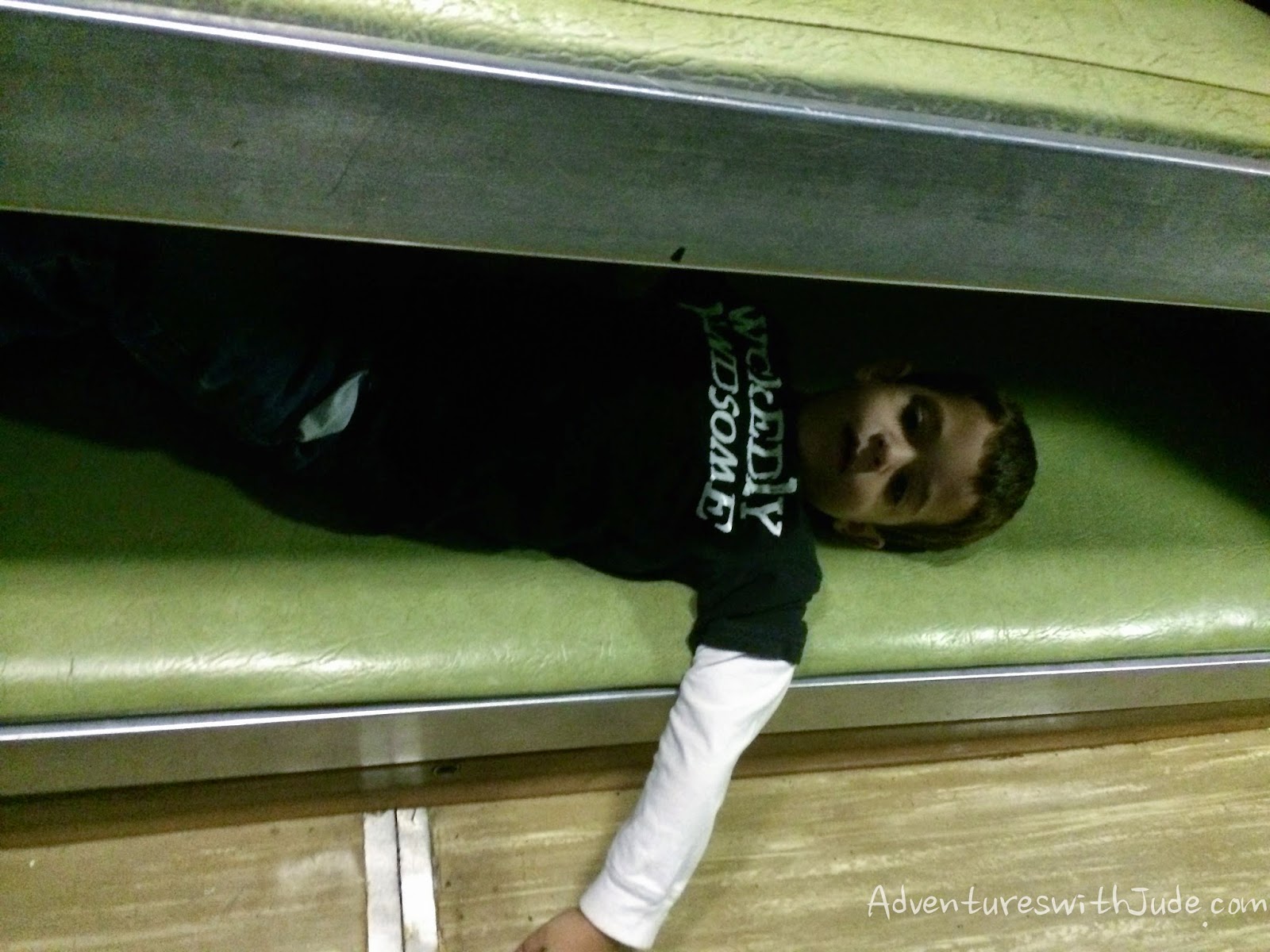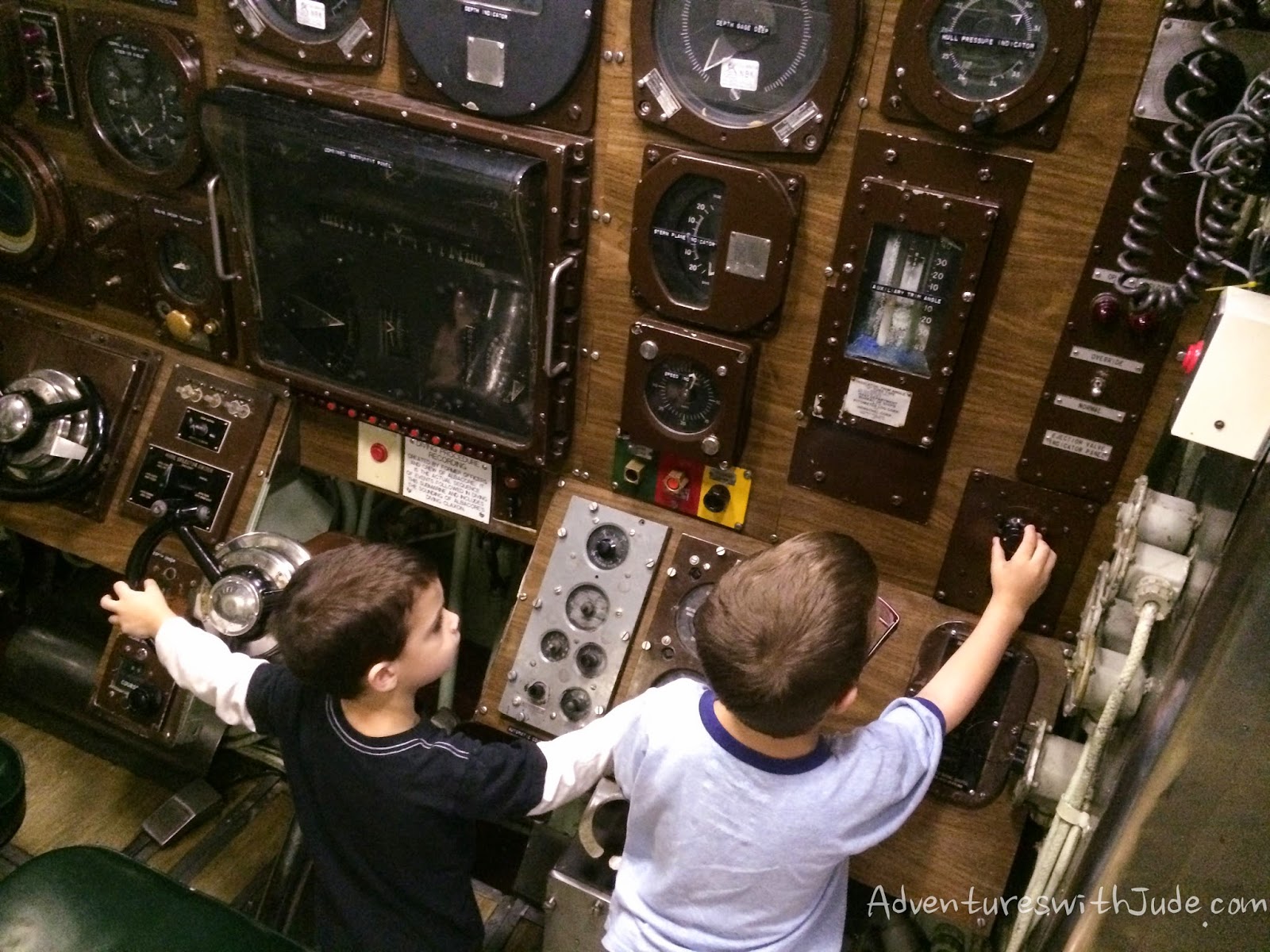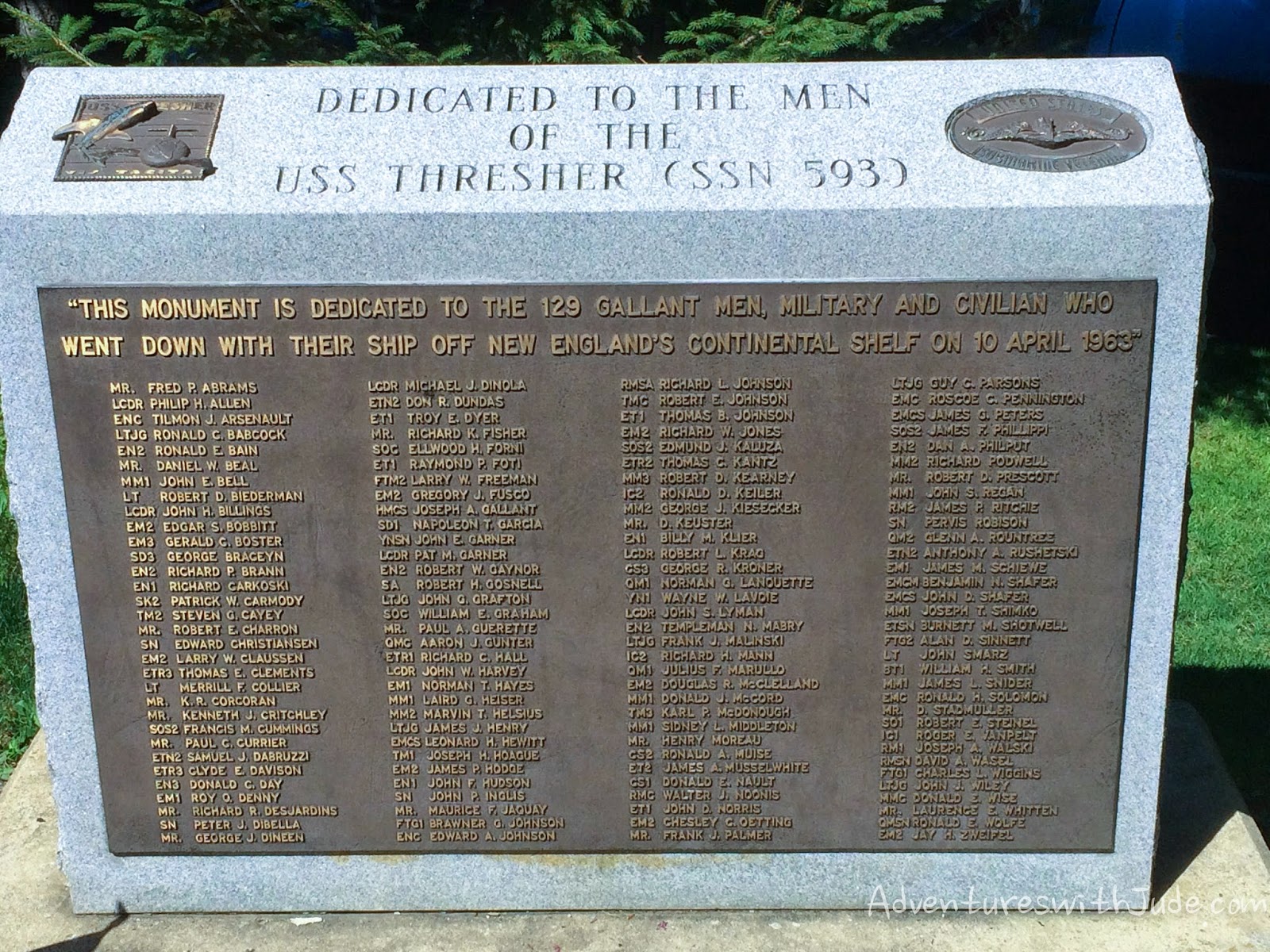During World War I and World War II, the submarine vessel came into its own. Despite submarine units comprising less than two percent of the Navy, they were responsible for 55% of Japan's maritime losses during WWII. At the time, submarines were considered "boats that were able to submerge." After WWII and the development of nuclear power, the submarine boat became a true submersible that only occasionally surfaced. In 1950, the Navy began to work on reinventing the submarine concept, building a boat that was built for speed and deftness in the water. Over then next two years, shipbuilders worked on prototypes of different sizes and shape, often modeling the designs after aircraft and blimps. Designed by engineers and shipbuilders at the Portsmouth Naval Shipyard, the USS Albacore (AGSS 569) became the first submarine of its class. One of its technological advances was its hydrodyamic shape. Not only did it borrow the dynamic shape of aircraft, but also a similar tail for speed and stability.
Over the next 22 years, the USS Albacore became the model for all nuclear submarines, and set a world record for submarine speed, topping 40 miles per hour in 1966. In 1972, she needed more replacement parts than was economically wise, and was decomissioned, sent to dry dock at the Philadelphia Naval Shipyard. Eventually the Navy decided the USS Albacore was not worth keeping, and in 1980, it was slated for destruction. In response, a grassroots movement to bring the USS Albacore home to Portsmouth Harbor began. The Portsmouth Submarine Memorial Association had explored establishing a museum honoring Portsmouth's shipbuilding tradition. Advised they needed a real ship to be a centerpiece of the venture and finding the USS Albacore on the destruction list, they began to enquire about moving her back to her home of Portsmouth. No public funds were available; the group had raise money to acquire a site, the purchase price of the submarine, and moving costs. After a flurry of activity and approval signatures from both the Navy and President Ronald Reagan, the USS Albacore was released.
The USS Albacore that reinvented the US submarine fleet found itself the target of reinvention. The Army agreed to take on the towing of the submarine as a training exercise. After 70 hours and 575 miles of arduous transit through rough seas, the boat was now in Portsmouth Harbor. After several setbacks, including having to dismantle a train trestle bridge, a four-lane highway, and building a canal, the submarine came to its final destination: Albacore Park.
When we visited New England this summer, we had the opportunity to visit Albacore Park. All of the kids were impressed when we pulled into the parking lot. The ship is docked fully above ground, resting in a V-shaped concrete cradle. For being a "small" submarine, she sure looked massive!
Our first stop was in the Visitor's Center to purchase tour tickets. Ticket prices are:
- Adults $7
- Children 7-17 - $3.00; Children under 7 - free
- Active duty military - free
- Retired military (20 years) - $4.00
- Family - $14.00 (2 adults and 1 or 2 children under the age of 18; Each additional child - $1; Limit of 2 free children with the Family ticket.)
- Group tour tickets (10 or more visitors) - Adults $6.00; Children 7-17 $2.75
At several points outside and inside the submarine are audio tour stops. They tell you about what you are viewing, along with a short commentary recorded by the men who helped build the USS Albacore. At times it was difficult to hear (excited kids and nearby traffic sometimes drowned out the outdoor recordings), but they provided a nice mix of history and personal experiences. We then walked along the boat to the fore entrance.
Mind our heads, indeed! Getting through the door was an experience. Luke went in first, and had to pull the little boys across the thresholds -- their legs were too short to easily climb through the doors. As for me -- well, let's just say there isn't really a graceful way to get through them.
We found ourselves in the nose of the ship. In the event of a catastrophe, the sailors would crowd into the area, seal off the rest of the boat, and await rescue. When we entered the boat, there were only six of us (with only two adult-sized people) and it was incredibly tight quarters! The USS Albacore could carry up to 18 or so between crew and observers - it's a good thing evacuation wasn't necessary.
Every possible millimeter of space was used! Bunks were stacked three high - only Damien really fit in them! I can't imagine being at sea for months on end and sleeping in them. Luke tried to lay on one and asked "How on earth do you even roll over??" The only places that really seemed "spacious" by comparison were the control and sonar rooms, with room for people to both work and get in and out of the area, and the mess hall.
The control room was a dream playground for the little boys. Lots of wheels to turn, levers to flip and buttons to push.
Damien had to be physically pulled away so that another family could take a turn!
We also got to look up through the periscope! Pictures don't do the view justice - my camera only showed how bright the sky was that day, but looking in person, we could see out over the harbor.
There were two sections to the galley. One was a small pantry area, and the other was a more open cooking space at the end of the mess hall. The kids were intrigued by the backgammon and checker/chess boards built right into the table, and then realized it saved space - checkers fit in a small pouch, but a board takes up a lot more space!
(Don't mind Damien - he's still not happy about being relieved of his command.)
Furthest aft was the engine room. There were a lot of gears, knobs, and levers to play with there. One side was partitioned off -- the part that housed live power for the museum. (With curious little boys like mine -- definitely a good thing!) To exit, one needed to climb over the engine (try not to clonk your head!) and then out onto the gangway. As much as I enjoyed seeing the inside of the submarine, the claustrophobic in me was very happy to be outside. Between the tight quarters and small crowd - there were a few families behind us still exploring, and several sailors headed down the sidewalk towards the gangways for a re-enlistment ceremony - it was getting crowded!
We headed inside to the museum in the back of the Visitor Center. It housed some memorabilia, and a continuous loop video of the history of the museum. By then, the little boys were getting antsy, so we didn't really explore too much of it. We went back outside to the Memorial Garden. There were several small monuments to different groups. First was a larger memorial topped by dolphin (the symbol of the submariner), dedicated to the the first Albacore submarine (USS Albacore SS218) , sunk in the WWII Japan theater.
Three other memorials are dedicated to specific boats lost in combat or at sea, like this one for the USS Thresher. The Thresher's demise directly led to the SUBSAFE certification program. In the 48 years prior to implementation, 16 submarines were lost in non-combat missions. In the 50 years since implementation, zero SUBSAFE certified craft has been lost.
A final memorial is dedicated to all of the submarines lost during World War II.

©2012- 2014 Adventures with Jude. All rights reserved. All text, photographs, artwork, and other content may not be reproduced or transmitted in any form without the written consent of the author. http://adventureswithjude.com
















No comments:
Post a Comment